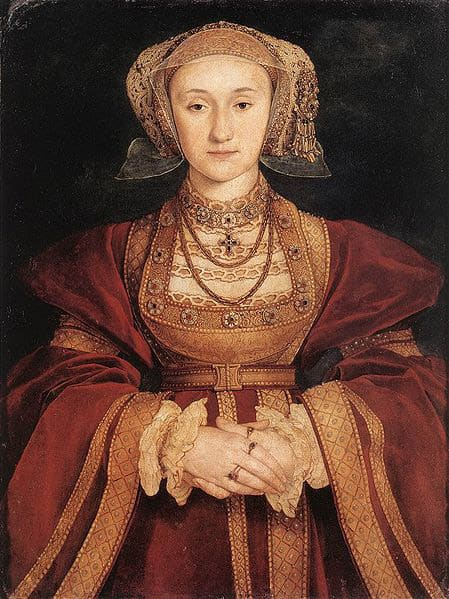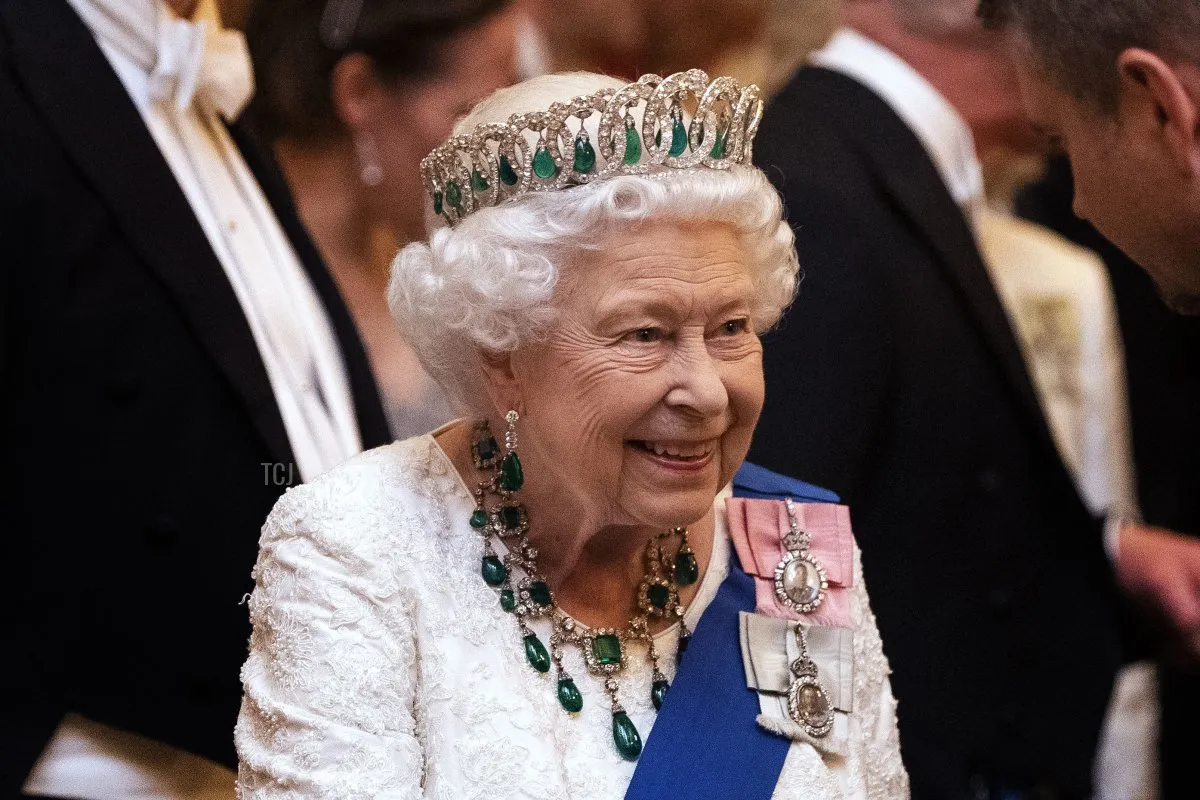Jewelry has long been more than mere decoration; it is a powerful form of self-expression that has influenced and been shaped by fashion trends throughout history. From the opulent adornments of ancient civilizations to the minimalist, eco-conscious pieces of modern times, each era has left its mark on the evolution of jewelry styles. This rich tapestry of trends not only highlights the artistry and craftsmanship behind each piece but also reflects the cultural and social contexts that gave rise to them. In this exploration, we will delve into the fascinating journey of jewelry trends, celebrating the timeless allure and impeccable quality that continue to inspire today’s fashion-forward consumers.
The Evolution of Jewelry Trends
Ancient Civilizations’ Adornments
In ancient civilizations, jewelry was more than a fashion statement; it was a symbol of power, status, and spiritual beliefs. The Egyptians, for example, adorned themselves with gold and precious stones, believing these materials held protective and magical properties. They created intricate pieces like collars, bracelets, and rings, often inscribed with hieroglyphs and adorned with symbols of their gods. Similarly, the Mesopotamians crafted jewelry using gold, silver, and semi-precious stones, creating pieces that showcased their advanced metalworking skills. In ancient Greece and Rome, jewelry took on a more ornamental role, with designs inspired by nature and mythology. These civilizations set the foundation for many jewelry trends we see today, emphasizing the importance of craftsmanship and the use of high-quality materials. The legacy of ancient adornments continues to influence modern designs, reflecting the timeless human desire to express identity and status through beautiful, crafted pieces.
Medieval and Renaissance Influences
During the Medieval and Renaissance periods, jewelry became increasingly elaborate and symbolically rich. In the Medieval era, pieces were often imbued with religious significance, featuring crosses, saints, and other Christian symbols. Nobles and royalty adorned themselves with lavish items made of gold, pearls, and precious gemstones, signifying their wealth and divine favor. The Renaissance brought a renewed interest in art and classical antiquity, leading to more intricate and artistically sophisticated designs. Jewelers began to experiment with new techniques, such as enameling and the use of colored gemstones, to create stunning pieces that reflected the period’s artistic achievements. This era also saw the rise of personalization in jewelry, with monograms and heraldic symbols becoming popular motifs. The influence of Medieval and Renaissance jewelry is still evident today, as contemporary designers draw inspiration from the detailed craftsmanship and symbolic richness of these historical periods, creating pieces that resonate with modern aesthete.

Modern Era Innovations
The modern era has witnessed a remarkable transformation in jewelry design, driven by technological advancements and changing cultural values. The Art Nouveau movement at the turn of the 20th century introduced organic shapes and natural motifs, favoring artistic expression over traditional luxury. This was followed by the Art Deco period, which embraced geometric patterns and bold colors, reflecting the era’s fascination with modernity and industrial progress. In the latter half of the century, innovations such as the use of new materials like plastics and synthetic gems democratized jewelry, making stylish pieces accessible to a broader audience. The rise of minimalist and eco-conscious designs in recent years highlights a shift towards sustainability and simplicity, with many consumers seeking ethically sourced and environmentally friendly options. Today’s jewelry designers continue to push boundaries, blending traditional craftsmanship with cutting-edge technology to create unique, personalized pieces that resonate with contemporary tastes and values.
Impact on Fashion Over Centuries
Iconic Jewelry Trends
Certain jewelry trends have left an indelible mark on fashion, becoming iconic symbols of their time. In the 1920s, the flapper era introduced long, dangling pearl necklaces and art deco pieces that epitomized the extravagance and liberation of the Roaring Twenties. The 1950s saw the emergence of classic elegance, with Hollywood icons like Audrey Hepburn popularizing simple yet sophisticated pieces such as diamond stud earrings and pearl necklaces. The 1970s brought a wave of bohemian and eclectic styles, with chunky, bold designs made from natural materials like turquoise and amber, reflecting the era’s free-spirited ethos. More recently, the minimalist trend of the 2010s emphasized delicate, understated pieces that align with contemporary preferences for subtlety and versatility. These iconic trends not only shape the way we accessorize but also mirror broader cultural shifts, illustrating how jewelry continues to evolve alongside fashion and societal changes.
Celebrity and Cultural Influences
Celebrities and cultural icons have played a significant role in shaping jewelry trends throughout the centuries. From the lavish jewels worn by royalty, such as Queen Elizabeth I’s elaborate pearl and gemstone pieces, to modern-day stars like Elizabeth Taylor, whose legendary collection included the famous Taylor-Burton diamond, public figures have often set the standard for luxury and style. In recent decades, red carpet events and music videos have become critical platforms for showcasing bold and innovative jewelry designs. Pop culture phenomena, such as the influence of hip-hop artists in the 1980s and 1990s, introduced trends like oversized gold chains and diamond-encrusted accessories, which have left a lasting impact on fashion. Today, social media influencers also play a pivotal role in popularizing new styles, driving demand for both high-end and accessible jewelry pieces. This continuous interplay between celebrity endorsements and cultural trends ensures that jewelry remains a dynamic and evolving aspect of fashion.

Future of Jewelry Fashion
The future of jewelry fashion promises to be as dynamic and innovative as its past. With advances in technology, such as 3D printing and digital design, jewelers are now able to create highly personalized and intricate pieces that were once unimaginable. Sustainability will likely continue to be a significant focus, with consumers increasingly seeking ethically sourced materials and eco-friendly practices. Innovations in lab-grown gemstones and recycled metals are paving the way for more sustainable options. Additionally, the growing trend towards gender-neutral and inclusive designs reflects a broader cultural shift towards diversity and self-expression. Wearable technology is also expected to integrate more seamlessly into jewelry, blending functionality with fashion. As designers explore these new frontiers, they will undoubtedly draw inspiration from the rich history of jewelry, ensuring that future trends honor the tradition of craftsmanship while embracing modern values and technological advancements. This evolving landscape guarantees that jewelry will remain a vital and exciting element of fashion.




